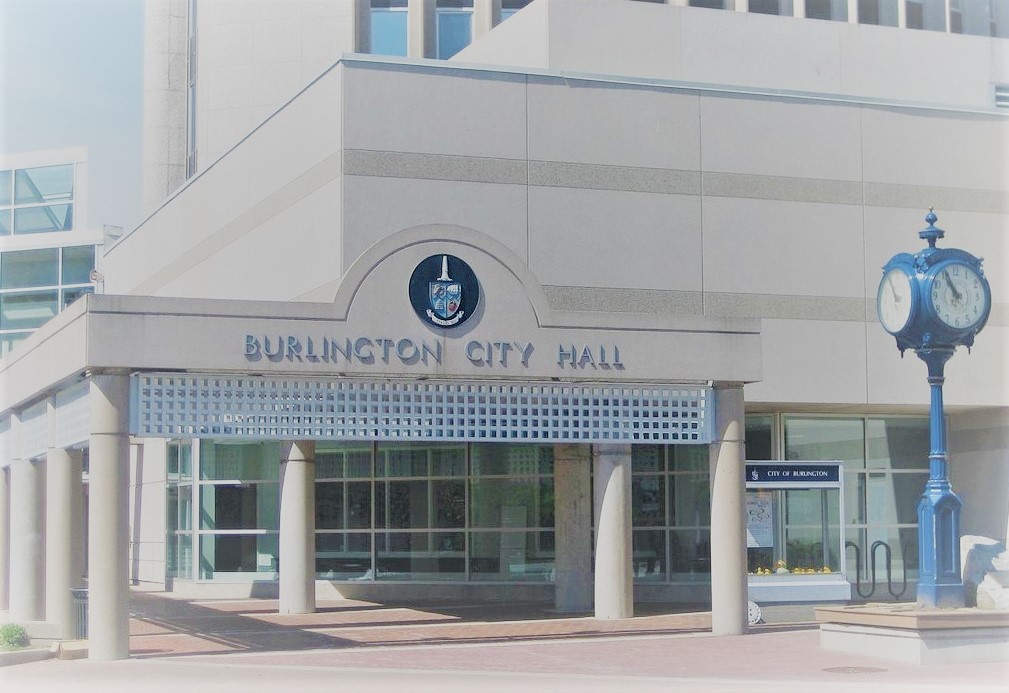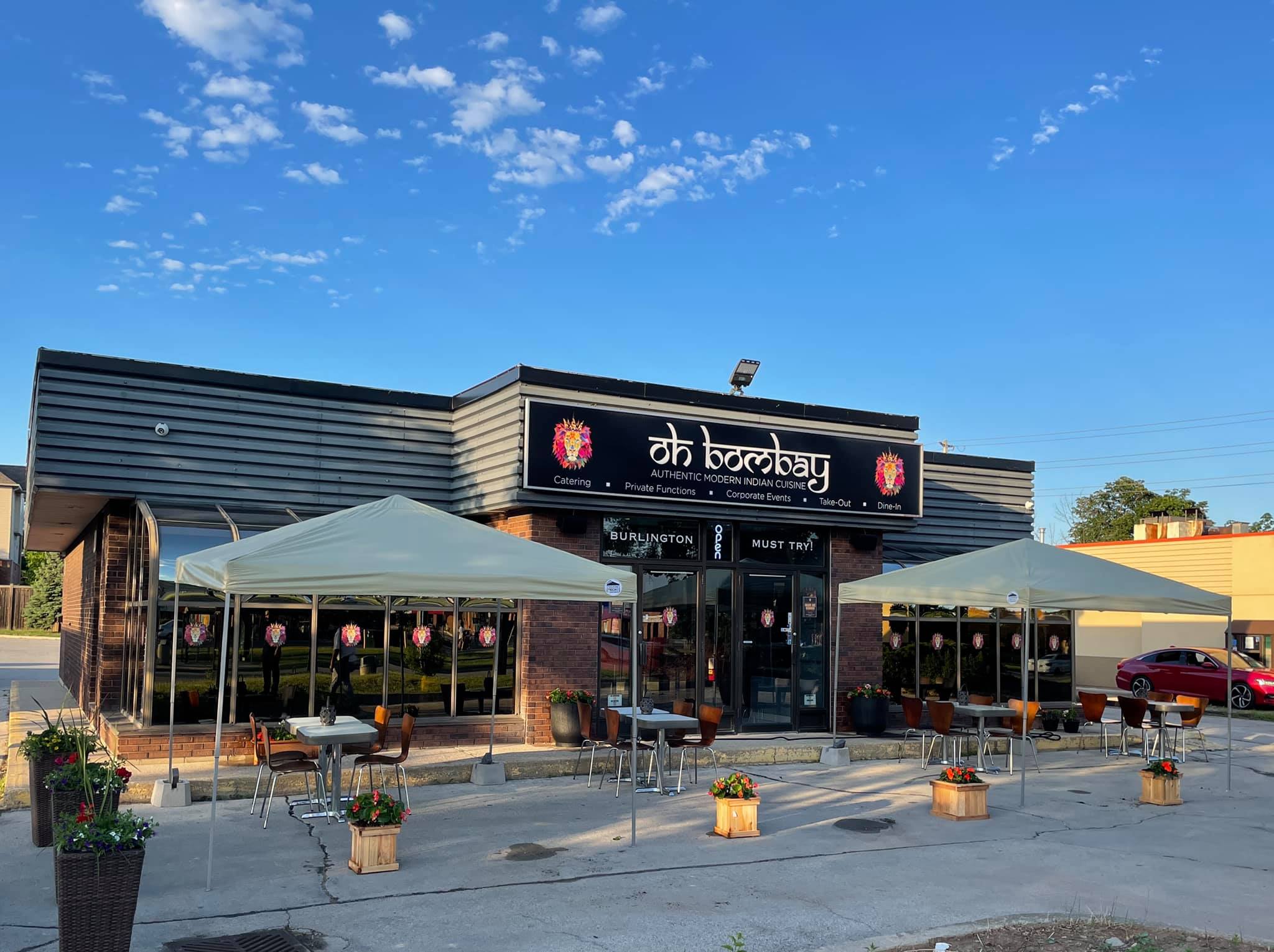By Olivia Duke
Read Part I in this series here.
It has been referred to as a “triple threat” by residents: the province’s plans to expedite the growth and housing opportunities. Though it is not yet clear just how extensive the impact may be. Overruling democratically approved growth plans, introducing new legislation to support the province’s growth agenda, and stripping protection from greenspace beyond urban boundaries are just the cusp of a ripple effect bound to have unintended consequences.
That threat to greenspace and to the long-term sustainability measures that have been implemented, has seen many organizations and individuals arguing that the effects would be irreparable. In fact, according to the CBC, approximately 200 groups and individuals have written letters to the provincial government demonstrating outrage over its decision to build into Ontario’s Greenbelt, after disclosing on record that the Greenbelt would not be touched.
“I am profoundly disturbed by the government’s proposed actions,” said David Crombie, former
mayor of Toronto and former chair of the Provincial Greenbelt Council. “They won’t solve the housing crisis, but they would make it harder to fix our existing neighbourhoods, towns, and cities as well as protect the farmland and natural areas that sustain them. If the premier doesn’t put the brakes on these ill-considered plans, we’ll have more sprawl and much less local food and protection against flooding and the climate crisis.”
According to the Greenbelt Foundation, Ontario’s Greenbelt is the world’s largest protected area of farmland, forests, wetlands, rivers, and lakes, sprawling over two million acres of land. The benefits of the Greenbelt encompass so much more than just greenspace. It employs over 177,000 full-time employees, mitigates storm water and flooding, offsets 71 million tonnes of carbon each year (that’s the equivalent of 56.5 million cars each year), affects the quality of drinking water for over seven million Canadians, maintains 750,000 acres of highly productive farmland, among many other benefits.
With the minister’s approval of Halton Region Official Plan Amendment 49 (ROPA 49), of the four key modifications shared in last week’s article, the urban boundary expansion will result in the development of 3,350 net hectares of both community and employment land region-wide. According to the Halton Region meeting a couple of weeks ago, this total includes 1,160 additional net hectares than what was originally planned for as per the Land Needs Assessment Methodology conducted by the region.
For perspective, one hectare is nearly two and a half acres. This means that this minister-approved modification will seek to build over 8,200 acres beyond the existing urban boundary in Halton Region. Burlington appears to have been saddled with minimal “damage” in that regard, but still the city is slated for approximately 90 net hectares of community land for the purpose of mixed-use development with no new expansion of employment land. In comparison, Halton Hills is planned to develop 1,520 net hectares and Milton is planned to develop 1,660 net hectares, with both figures combining land for community and employment development. Oakville, appearing to fare better than others, is reportedly on a path for an additional 60 net hectares of community-use land only.
Burlington’s 90 net hectares, which equates to over 222 acres of land, will be predominantly developed in three pockets in what is considered North Aldershot. According to Halton’s Regional Official Plan Review (ROPR) from June of 2020, North Aldershot includes the Parkway Belt West Plan, the Niagara Escarpment Plan and the Greenbelt Plan areas. These particular pockets were previously understood as areas where development wasn’t to occur due to the logic that enabling region-maintained services and infrastructure to these new, hypothetical developments would pose an impact on environmentally sensitive areas nearby. Not to mention that services in general, such as existing schools, are not as easily accessible. These supposed-communities would require much more support than the region was prepared to offer, based on earlier growth planning reports. A couple of organizations local to Halton pointed out that to build for these new communities, inclusive of regional infrastructure and services, such as utilities, residents would need to prepare for a cost that far exceeds the less-invasive option of accommodating growth on land already designated for development that exists within the municipal settlement boundaries across the province.
Additionally, these provincially-imposed modifications would mean that 3,200 net hectares of prime agricultural areas would be utilized for development, and that equates to a loss of roughly 10% of total prime agricultural land available region-wide. Furthermore, the province specifies that these would apply to specific land with soils classes one, two, and three. While the classifications are very detailed, they basically set out how each soils class carries its own level of limitations for crop growth. If we think of these classes on a sliding scale from one to seven, soils class one would allow growth with very little limitations and providing highest productivity for a wide range of crops if managed well. Soil of class seven, on the other hand, would be incapable of crop growth. When understanding these measures, the province is mandating development on the top three classes, the most opportune and versatile agricultural land available in the region.
According to a media statement issued on behalf of a number of groups who are against the province’s Bill 23 – More Homes Built Faster Act, “Bill 23 and the proposal to remove farmland from the Greenbelt would harm farmers and reduce their capacity to supply Ontarians with the food we all need,” said Max Hansgen, president of the National Farmers Union — Ontario. “These proposed actions would also take away farmers’ rights to appeal development decisions that could harm their land and farm businesses and would make it much easier for land speculators to turn irreplaceable farmland into unsustainable urban sprawl.”
These provincially-mandated decisions look to carry irreversible consequences, all of which continue to be rallied against by many, and organizations like Stop Sprawl Halton, Environmental Defence, Ontario Nature, among others, do bring valid concerns to the table. These sweeping changes will bring about vast changes to our protected greenspaces, amend the relationships municipalities have with conservation authorities and their roles in urban planning, and change both the municipal government and public’s involvement on planning matters, all the while not addressing the elephant in the room: the “affordable” part in the term “affordable housing.”
Without complete clarity, one thing is for sure: the price tag sure appears to be hefty.
Sources:
CBC. Coalition slams plan to build housing in Ontario’s Greenbelt. Url: https://www.cbc.ca/player/play/2118892099978 (accessed November 24, 2022).
Environmental Defence. Ontario’s Greenbelt under threat – a study on what’s at risk. Url: https://environmentaldefence.ca/report/ontarios-greenbelt-under-threat-a-study-on-whats-at-risk/ (accessed Nov. 23, 2022).
Greenbelt Foundation. Learn. Url: https://www.greenbelt.ca/learn (accessed Nov. 23, 2022).
Government of Canada. Canada land inventory level-I digital data. Url: https://sis.agr.gc.ca/cansis/nsdb/cli/class.html (accessed Nov. 22, 2022).
Legislative Assembly of Ontario. Bill 23, More Homes Built Faster Act, 2022. Url: https://www.ola.org/en/legislative-business/bills/parliament-43/session-1/bill-23. (accessed Nov. 11, 2022).
Ontario Nature. Bill 23 spells disaster for farmlands, conservation authorities, wetlands and natural heritage. Url: https://ontarionature.good.do/bill-23/email/ (accessed Nov. 24, 2022).
Stop Sprawl Halton. ROPA 49 position statement. Url: https://www.stopsprawlhalton.org/news/ropa-49-position-stmnt (accessed Nov. 23, 2022).
The Region Municipality of Halton, 2022. Regular meeting of regional council 13-22, November 09, 2022. Url: https://edmweb.halton.ca/OnBaseAgendaOnline/Meetings/ViewMeeting?id=4340&doctype=1
The Region Municipality of Halton. Regional official plan review: North Aldershot. Url: https://www.halton.ca/The-Region/Regional-Planning/Regional-Official-Plan-(ROP)-(1)/Halton-s-Regional-Official-Plan-Review-(ROPR)/Regional-Official-Plan-Review-North-Aldershot (accessed Nov. 23, 2022).
The Region Municipality of Halton, 2020. North Aldershot planning area regional official plan review, June 2020. Url: https://www.halton.ca/Repository/North-Aldershot-Discussion-Paper#:~:text=The%20North%20Aldershot%20area%20includes,and%20the%20Greenbelt%20Plan%20areas.
Yours to Protect. Massive coalition of groups unite to condemn Ford government’s secret sprawl plans. Url: https://yourstoprotect.ca/wp-content/uploads/sites/3/2022/11/Big-Tent_-Media-Statement.pdf (accessed Nov. 24, 2022).




